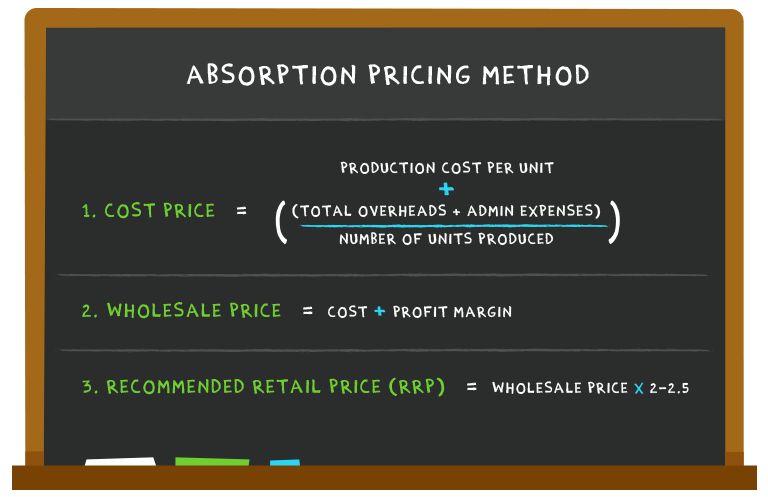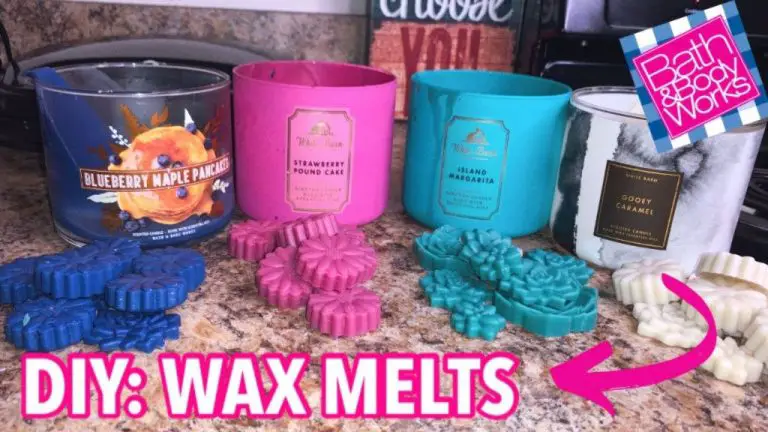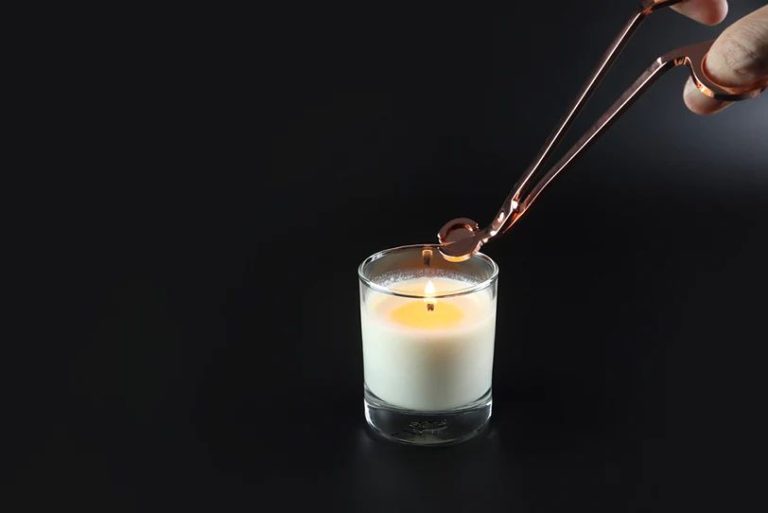Is Candle Making Profitable?
Candle making can be either a hobby or a business. As a hobby, it allows creative expression and provides relaxation through the therapeutic process of crafting candles. As a business, candle making offers the potential for profits by selling handmade, often customized or artisanal candles. According to CandleScience, some of the advantages of starting a candle making business include being able to showcase creativity through unique candle designs, capitalizing on the growing candle market, and the relatively low startup costs.
Startup Costs
The startup costs for a candle making business can vary substantially depending on the scale of operations. According to Finmodelslab, starting a small candle making endeavor from home could cost around $350 on the lower end. A more full-fledged candle making business with dedicated manufacturing equipment, branding, and a larger workspace could require $3,000 to $5,000 in initial investment costs.
Some of the main startup expenses include:
- Equipment like candle making kits, wax melters, molds, thermometers, and mixing tools which can range from $50 for basic supplies to $3,000 for industrial equipment (Financial Model Templates).
- High quality ingredients like wax, fragrance oils, dyes, and wicks need to be purchased upfront before production begins. These may cost $100-$500 to acquire an initial inventory.
- Packaging materials like jars, tins, boxes, labels, and shrink wrap require an upfront investment. Simple containers may be $.50-$2 each but customized branded packaging could be $5 per unit (Finmodelslab).
By minimizing upfront capital outlays on expensive equipment and workspace, candle making can potentially be launched at a low startup cost of a few hundred dollars. Purchasing high quality ingredients in bulk and using simple packaging can further reduce initial expenses.
Operating Costs
Operating costs are a key factor in determining the profitability of a candle making business. The main operating costs include ingredients like wax, fragrance oils, wicks and dyes, as well as packaging materials like jars, lids, labels and shrink wrap (Finmodels Lab). Labor costs should also be accounted for, especially if hiring employees to assist with production.
For ingredients, expect to spend around $1.50 – $2 on materials for an 8oz candle (Homestead Sparkle). So cost per candle will depend on the type and quality of materials used. Luxury candles with premium waxes, fragrances and packaging will cost more to produce. Labor will also depend on the number of employees and wages/benefits offered.
Marketing costs should be built into your pricing as well. Expenses like website hosting, online ads, trade shows, product photography and branding should be factored in. Overall, most small scale candle businesses see total operating costs ranging from $2 – $4 per candle produced.
Keeping operating costs lean, especially when starting out, will help maximize profit margins. Buying ingredients in bulk quantities can lower materials costs. Starting off small with part-time or solo production can minimize labor overhead. And focusing digital marketing efforts on low-cost platforms first can be worthwhile.
Pricing and Profit Margins
Wholesale and retail pricing strategies differ significantly in the candle making business. Selling candles wholesale in bulk to retailers, gift shops or other vendors typically results in lower profit margins per unit. Common wholesale pricing is to sell each candle at 2-3x the cost of goods sold (COGS). This allows for roughly 30-50% profit margins when selling in bulk.

In comparison, selling direct-to-consumer through your own online shop or retail store space allows for much higher markups. When pricing retail, the standard markup is 4-5x the COGS. This enables healthy profit margins of 60-80% when candles are sold at full retail price.
According to research by FinModelsLab, optimizing sales channels and pricing strategy is crucial for maximizing profitability of an artisanal or specialty candle business.
Marketing and Sales
There are several effective marketing and sales strategies for selling handmade candles, including online sales, craft fairs, and wholesale opportunities:
Online sales through your own ecommerce website or platforms like Etsy and Shopify allow you to sell your candles to a global audience. You can drive traffic through SEO, social media, email marketing, and online ads. Offering promotions and limited editions can boost sales. Expert advice recommends focusing your online brand and marketing around your unique value proposition and story. [1]
Craft fairs allow you to personally interact with customers, get feedback, and sell your products in-person. Target local fairs that fit your brand. Have an eye-catching booth display. Offer promotions. Collect emails for future marketing. Wholesaling to gift shops, boutiques and other retailers lets you sell larger volumes without handling fulfillment and individual customers. Identify potential retailers and pitch them your wholesale program and pricing. Offer samples. Provide marketing materials. Overall, utilize diverse sales channels and experiment to determine what works for your candles.
[1] https://www.nepal.ubuy.com/en/product/Q5O11YP4-espresso-latte-fragrance-oil-8-oz-for-candle-soap-making-by-virginia-candle-supply-free-s-h-in-usa
Scaling the Business
As a candle making business grows, it’s important to consider scaling through automation, hiring employees, and expanding distribution channels. Automating certain processes like pouring candles or labeling products can increase efficiency and output as demand increases. Hiring employees to assist with production, packaging, and order fulfillment allows the owner to focus on higher-level tasks.
Expanding distribution by selling online, in retail stores, or even wholesale to other businesses opens up new revenue streams. Consider an e-commerce website, online marketplaces like Etsy, consigning products to gift shops or boutiques, or supplying candles in bulk to hotels, spas, and corporate gifting companies. As production increases, more employees and physical space may be needed in a commercial kitchen or warehouse facility.
At a certain scale, the owner may consider manufacturing equipment like industrial melters, molds, and label printers. Outsourcing shipping and fulfillment can also help manage growth. Implementing inventory management and order processing software improves organization. Developing a diverse yet reliable distribution network is key for a profitable, scalable candle brand.
Financial Viability
When assessing the financial viability of starting a candle making business, it’s important to consider factors like breakeven analysis and return on investment. According to research, most candle making businesses can break even within the first 6 months to 1 year of launching if prices are set properly and there is consistent sales volume (Source). The key costs involved include materials like wax, fragrance oils, wicks and packaging which can range from $2-$5 per candle. With retail pricing of $8-$15 per candle on average, profit margins can be significant.
The return on investment for a candle making business depends on factors like upfront equipment costs and distribution methods. For example, selling locally through craft fairs or online has lower startup costs and faster returns compared to establishing a physical retail store. Many entrepreneurs are able to recoup their initial investment in equipment within 3-6 months. Overall, with the right marketing and reasonable prices, candle making can be a profitable venture with relatively low startup costs and exciting growth potential.
Lifestyle Factors
Candle making can be an enjoyable hobby that allows for creativity and flexibility. Many hobbyist candle makers appreciate being able to work on their craft during free time without the pressures of meeting sales targets or production deadlines. This provides a nice work-life balance. Turning candle making into a full-time business may reduce the fun and relaxation associated with candle making as a hobby. Running a business requires different skills like marketing, bookkeeping, inventory management, etc. The lifestyle of a business owner also involves financial risk and uncertainty. Some hobbyist candle makers decide to keep their craft as a hobby to avoid added stress and maintain work-life balance. They can still sell their candles at craft fairs or farmer’s markets for supplementary income without needing to commit fully to candle making as a career.
Risks and Challenges
Starting a candle business comes with some inherent risks and challenges that entrepreneurs should be aware of (Source). Some of the main risks include:
Competition – The candle industry is quite saturated, so standing out from the crowd can be difficult. Competitors may offer similar products at lower prices, or have more marketing resources. New entrepreneurs need a strong value proposition and competitive advantage.
Seasonal sales – Candle sales tend to peak in the fall/winter months leading up to the holidays. Sales may dip at other times of the year. Managing cashflow and inventory will be key to ride out slower seasons (Source).
Storage and shelf life – Candles have a finite shelf life, especially with certain ingredients. Proper storage conditions are needed to maximize shelf life. Old or expired inventory leads to wasted costs.
Safety and compliance – Candle making involves flammable materials. Entrepreneurs must implement proper safety procedures. Additionally, businesses must comply with regulations around candle testing, labeling, and selling.
Overall, candle entrepreneurs can mitigate risks through business planning, competitive positioning, cashflow management, safety protocols, and regulatory compliance. But risks exist, so realistic planning is essential.
Conclusion
In summary, while candle making can be a profitable side business or hobby, scaling it into a full-time income source involves significant investments, challenges, and risks. The profitability depends heavily on your ability to competitively price products, creatively market and sell at scale, minimize materials costs, develop unique products, and streamline operations. With passion and business savvy, some candle makers do manage to turn their small hobby into a thriving company. However, candle making is not a guaranteed lucrative business. Carefully evaluate your goals, finances, time commitment, and risk tolerance before determining if going into candle production makes financial sense.






